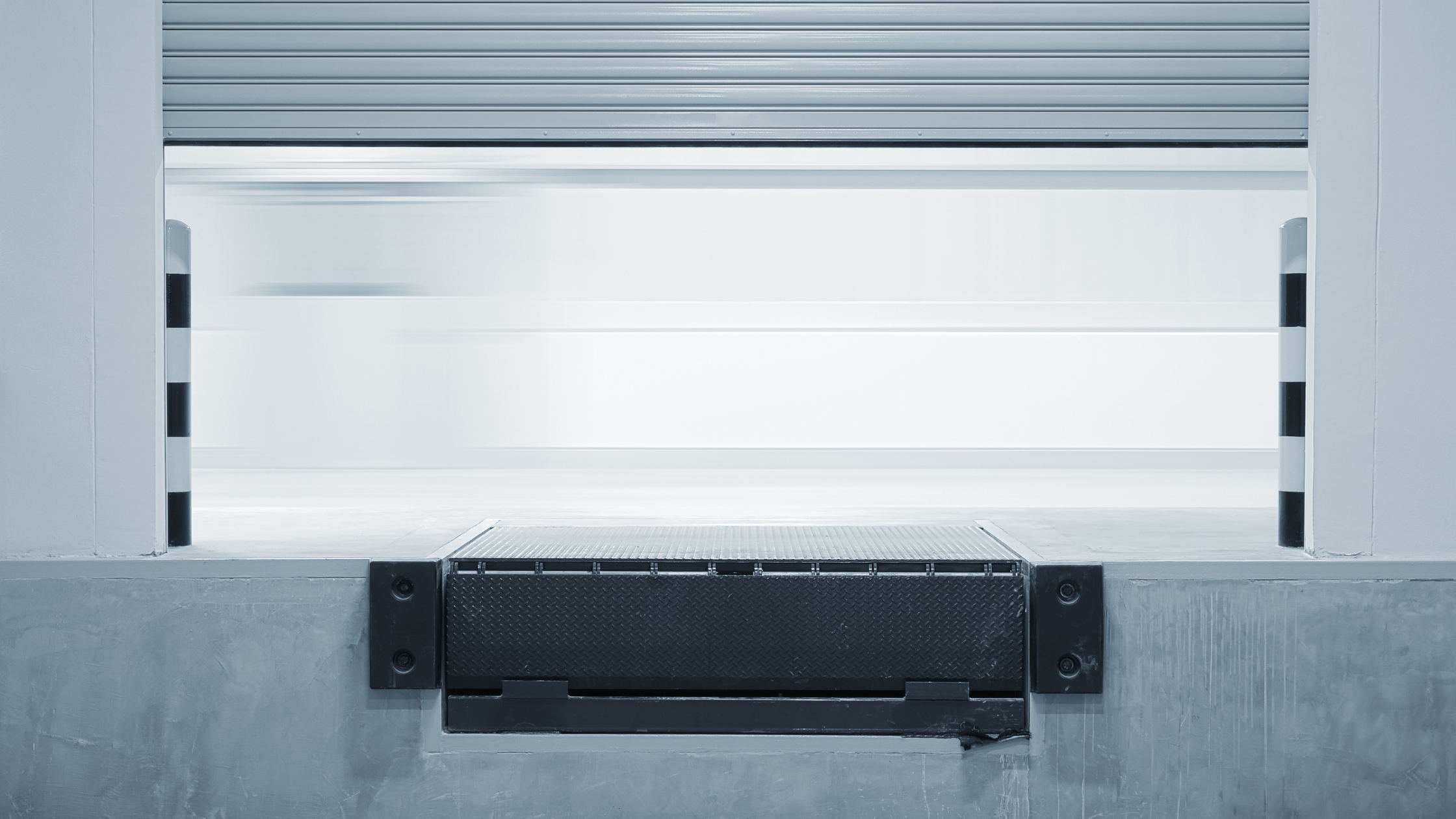Your loading docks see a lot of traffic in the course of a day. That also means they’re the site of far too many potential hazards, which is why safety equipment is so critical.
It’s also why your workers need to know how to use the equipment safely. Proper dock plate safety practices, for example, can make all the difference between a casual unloading and a serious injury. If you’re preparing for an upcoming safety training, here are three key points to keep in mind about dock plates.
Dock Plate vs. Dock Board
First, it helps to understand the difference between a dock board and a dock plate. The two look very similar, but they’re designed for different uses and should not be used interchangeably.
A dock board is designed for use with heavy-duty machinery like forklifts. Because of this, it’s quite heavy and should only be lifted using a forklift.
Dock plates, on the other hand, are designed for light use and much lighter loads, like foot traffic, pallet jacks, and hand carts. Because of this, they’re much lighter than dock boards and two workers can lift them using the handles.
Use Proper Lifting Techniques
That said, the fact that a dock plate is much lighter does not mean you should lift it carelessly. While it is much lighter, it is still reasonably heavy, which is why it should be lifted by two workers using safe lifting techniques.
Moving together, two workers should get as close to the plate as possible, bending from their knees instead of their backs and keeping their spines as straight as possible. They should hold the plate as close to their bodies as possible and lift by pushing up from their legs rather than pulling with their arms.
If they need to turn, they should move their feet, not their hips. Hips, shoulders, knees, and toes should always stay facing the same direction.
To set the plate back down, reverse the motion using steady, smooth movements. Don’t drop the plate and don’t lower it quickly–you may drop it on someone’s foot or lower it by bending your back instead of your legs.
Make Sure the Plate Is Secure
Last but not least, you should always make sure the plate is secure before using it.
When in use, the dock plate should cross completely into the trailer. It should be secured before anyone attempts to use it so that it doesn’t move while someone is on it. Do not ever work underneath a dock plate, even if it is secure.
Dock Plate Safety and Beyond
Dock plate safety is a lot about common sense. The problem, of course, is that when things get busy, workers don’t always heed common sense in favor of getting the job done efficiently. That’s where diligence–and good safety training–come into play.
If you’re working on developing your next safety training, be sure to incorporate these three tips. And make sure to check out our blog for more great ideas, like these qualities to look for in a facility safety training.
